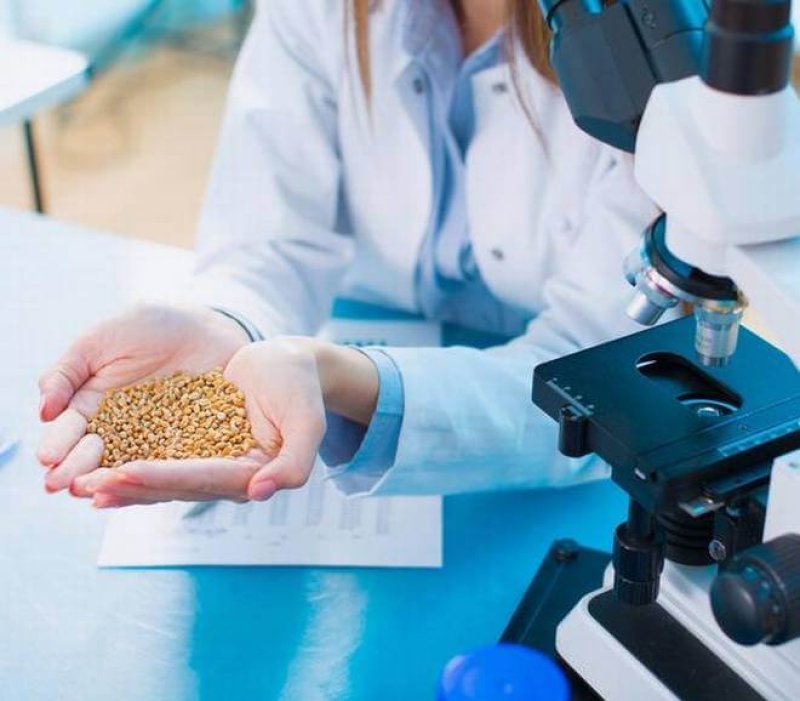Back in the 60s, the Green Revolution changed the way we looked at food, both in terms of growing and eating. The focus was simply this — to increase production of staples so no one would go hungry.
Today, most of us do get enough to eat, in terms of calories, but we still may not be getting our essential micronutrients, such as iron and zinc. In other words, our focus has shifted from quantity to quality. This ‘hidden hunger’, a term used to describe dietary micronutrient deficiencies, must be taken care of. The answer, find researchers, is biofortification.
Simply put, biofortification is the process of growing crops to increase nutrition value from the seed on. It’s not the same as ‘fortified’ foods that have micronutrients added to them during processing. Crops can be biofortified through selective breeding or genetic engineering.
…
The most common micronutrient deficiencies are iron and zinc, with 2 billion people affected worldwide with anaemia (30% of the world’s population), says the World Health Organization. Vitamin A deficiency is not far behind. This triad, vital to our health, especially for the development of children, women, and other vulnerable sections (seniors or those who have low immunity), is the focus of biofortification research.
…
Golden rice is a variety of rice produced through genetic engineering to biosynthesise beta-carotene, a precursor of vitamin A, in the edible parts of rice.
The GLP aggregated and excerpted this blog/article to reflect the diversity of news, opinion, and analysis. Read full, original post: Nutrition revolution 2.0
For more background on the Genetic Literacy Project, read GLP on Wikipedia































